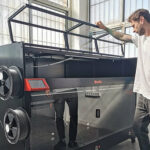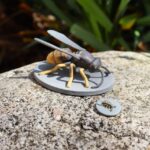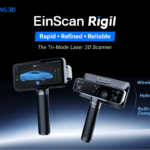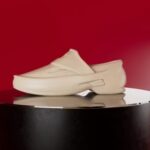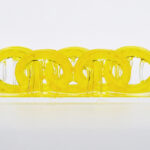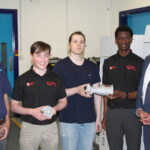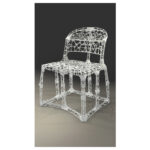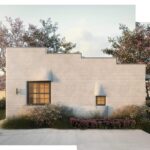Among the factors most desired in any manufacturing process is a high speed of production per unit. FFF / FDM 3D printers, while still quite fast when utilizing a big nozzle, they are currently no match for methods like CLIP. However, new research is suggesting ways in which 3D printer manufacturers could boost the overall speed of FFF / FDM printing.
The research defines the standard speed of FFF / FDM printers as 10-20 cubic centimeters per hour when printing at a 0.2 millimeter thickness. The findings suggested a few adjustments to break past the standard maximum speed. One suggestion is altering the pinch-wheel mechanism used to feed building material. According to the research, a system that feeds materials with more force could speed up the feed rate.
Another core finding was that the preheating filament helped improve build speeds. This makes sense as temperature is deeply tied to extrusion pressure. They also noted that position of the printhead plays a major role in the speed to print quality ratio.
One of the researchers, Scott N. Schiffres, remarked “the work has implications for how to scale up additive manufacturing and the trade-off between higher-resolution printing and speed. We hope it will inspire future work to investigate pre-heating of the polymer, and printing with multiple extruders.”
The findings of the research have potential implications relating to how 3D printers should be built. Therefore, the findings might alter the standard setup used in many FFF / FDM printers. Manufacturers tend to take advice like this very seriously. Companies could redesign their printers to incorporate pre-heating chambers for the filament. They could also change the design of their pinch-wheels to allow more force. Conversely, a system other than a pinch-wheel could also be proposed by future researchers.
Methodology and Factors Influencing Print Speed
The researchers at MIT and Binghamton looked at various different factors that could limit the speed of FFF / FDM printers. Consequently, applying the different factors and tinkering with their values can allow for faster print speeds. The research included values like temperature rates, the filament extrusion mechanism, the nozzle and the motion system.
The team used various desktop 3D printers to find the average maximum speed. The researchers validated their findings through these various desktop systems as well. After deducing which factors were key contributors to the print speed, they studied the scaling of the rate limits.
The research applied a variety of direct measurements and numerical analysis as means of calculation. The final measurements were done using a Finite Elements Method simulation. The research team is led by Professor John Hart from the Department of Mechanical Engineering and Laboratory for Manufacturing at MIT.
An abstract for the study is available here.


